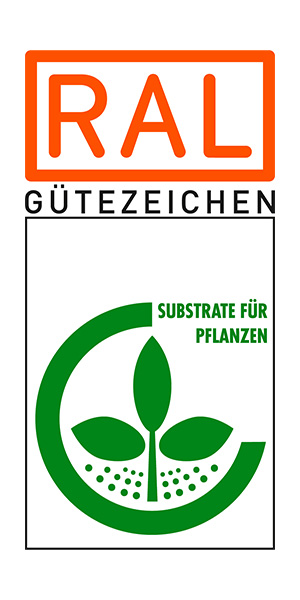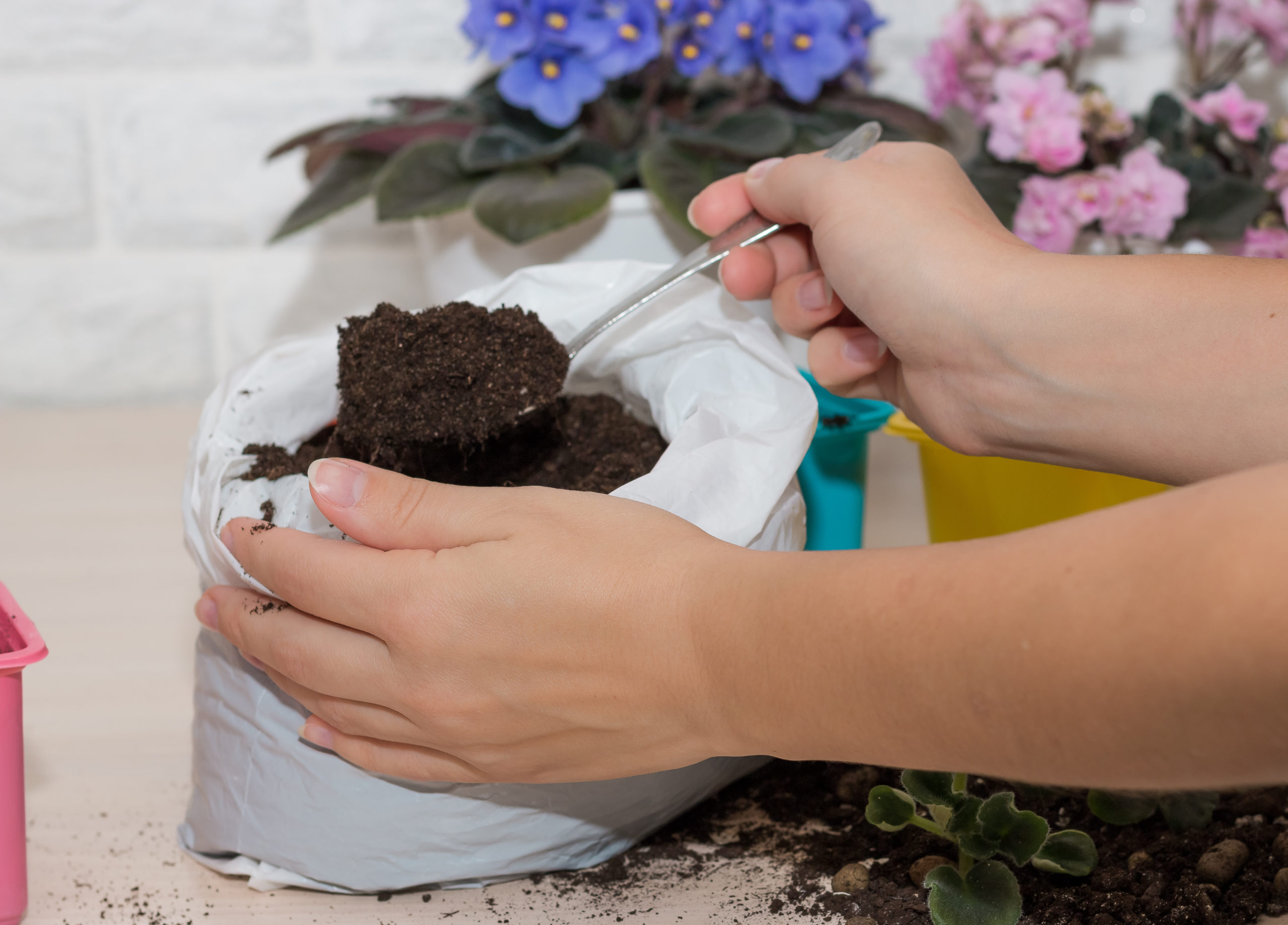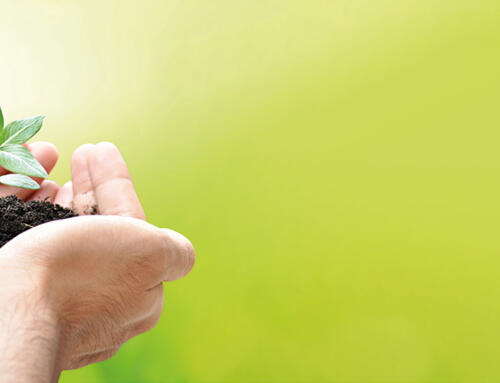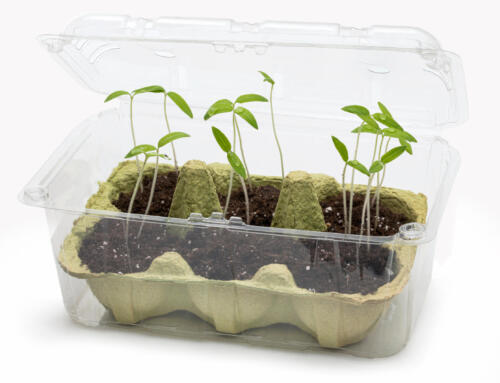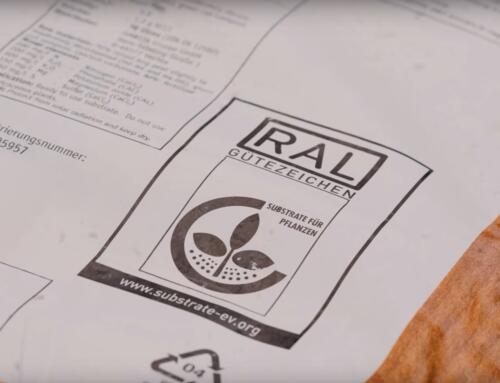When opening a bag of potting soil for the first time, you may notice a strong smell. This smell is not indicative of poor quality!
Many products, especially the growing number of peat-reduced and peat-free potting soils, contain organics of animal and/or plant origin, such as horn shavings, horn meal, or grain meal (a by-product of maize processing). Added constituents such as compost or bark humus also come with nutrients, feeding the plants not only for a short term, but over a period of many months.
Unfortunately, these organic components tend to develop a sometimes very intense, specific odor. Although this “potting soil smell” is of course unpleasant, it is not a sign of poor quality, but shows that microorganisms have started to convert the organic fertilizer and make its nutrients available to the plants. Just loosen the potting soil slightly and leave it to stand in the open air for two or three days. The smell will disappear without any new smell developing.
RAL Quality Assurance for consistent quality
Since organics are natural products, their nutrients may vary naturally. Gütegemeinschaft Substrate für Pflanzen e.V. recommends using potting soils carrying the RAL quality mark. RAL-certified substrates are only permitted minimal deviations in nutrient contents from the standard. They must be free of weed seeds and plant-damaging substances and also have a structure that encourages plant growth.
As a general rule, do not store potting soils for any prolonged period of time, as nutrient contents may change over time. Any leftovers of your potting mix are best kept in a cool and dry place. This prevents the organic matter from being colonized by saprotrophic fungi.
